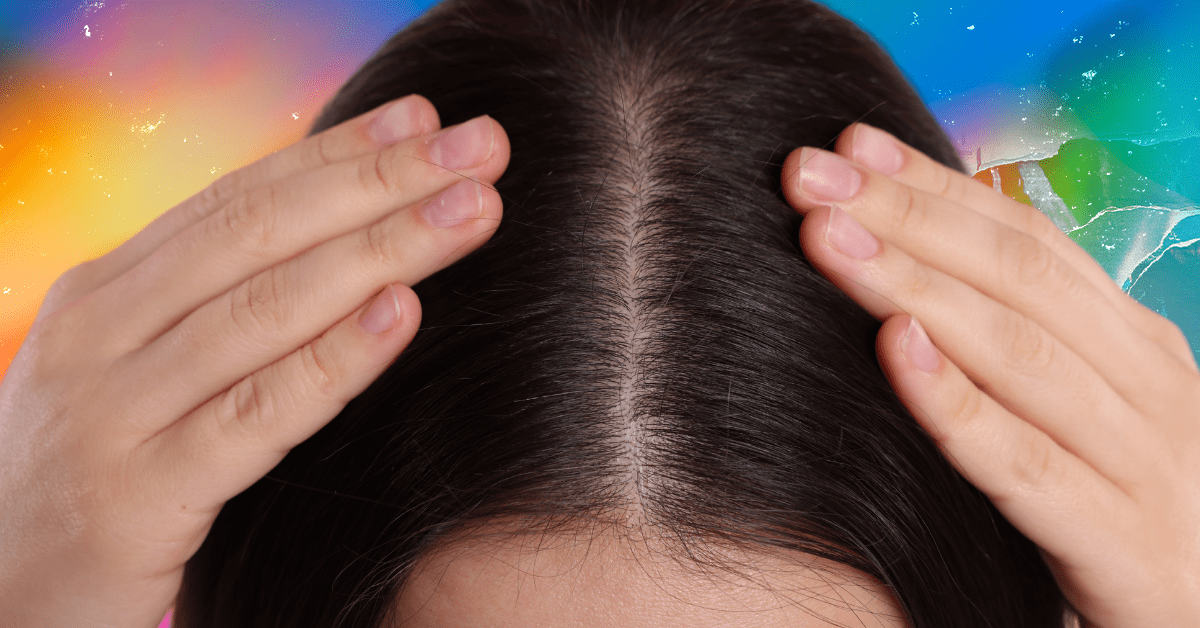
What’s kratom, and why is it in trouble?
Kratom has become popular among users who say it boosts their mood and reduces pain. But it’s not always safe.
Congrats on joining the best damn newsletter in the world
Published:
Updated:
Need the full story?
Sign up for The Hustle to get the business world's wildest stories delivered daily. This one's on us.
Related Articles
-

-
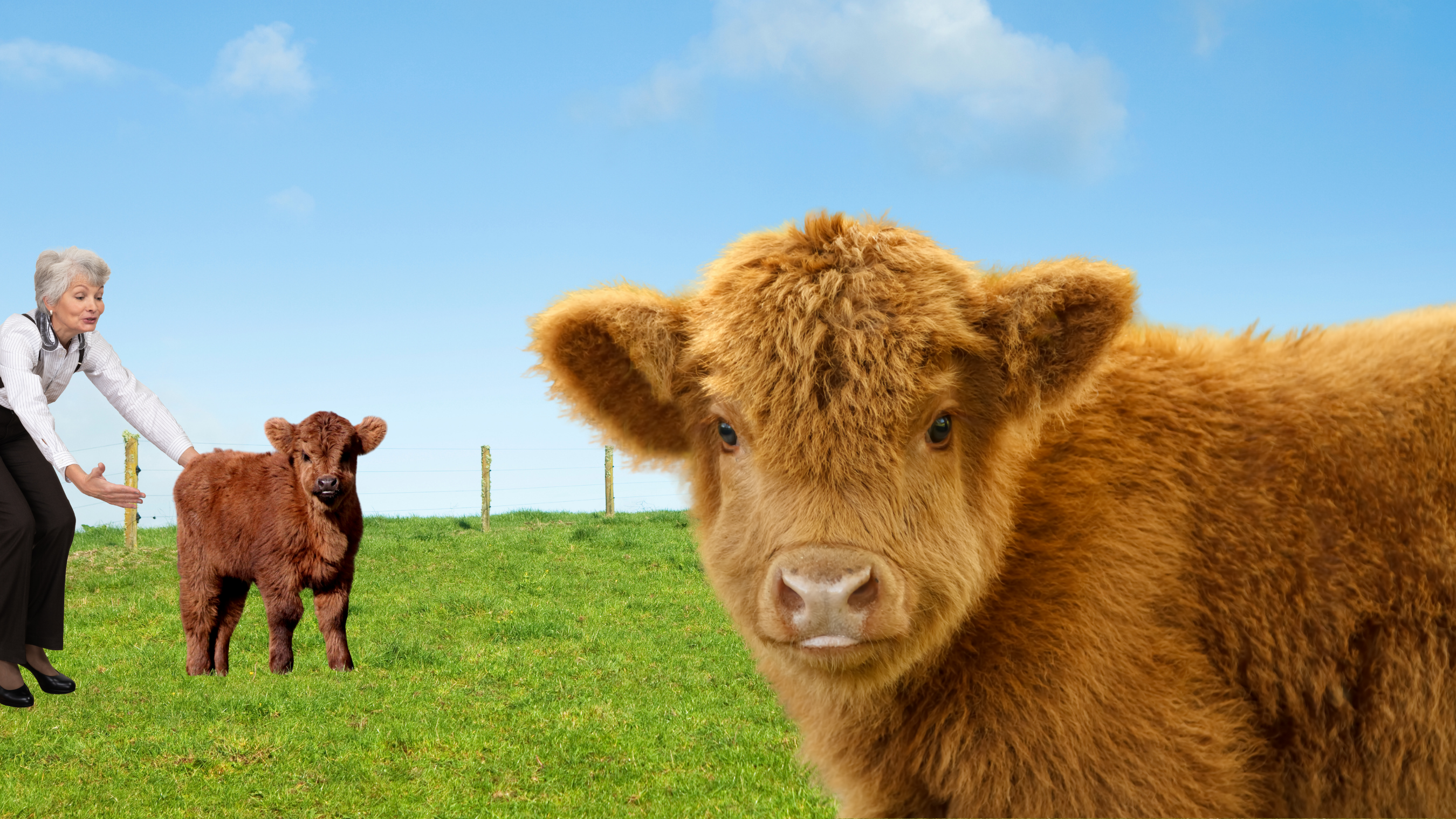
Save a farm, cuddle a cow
-
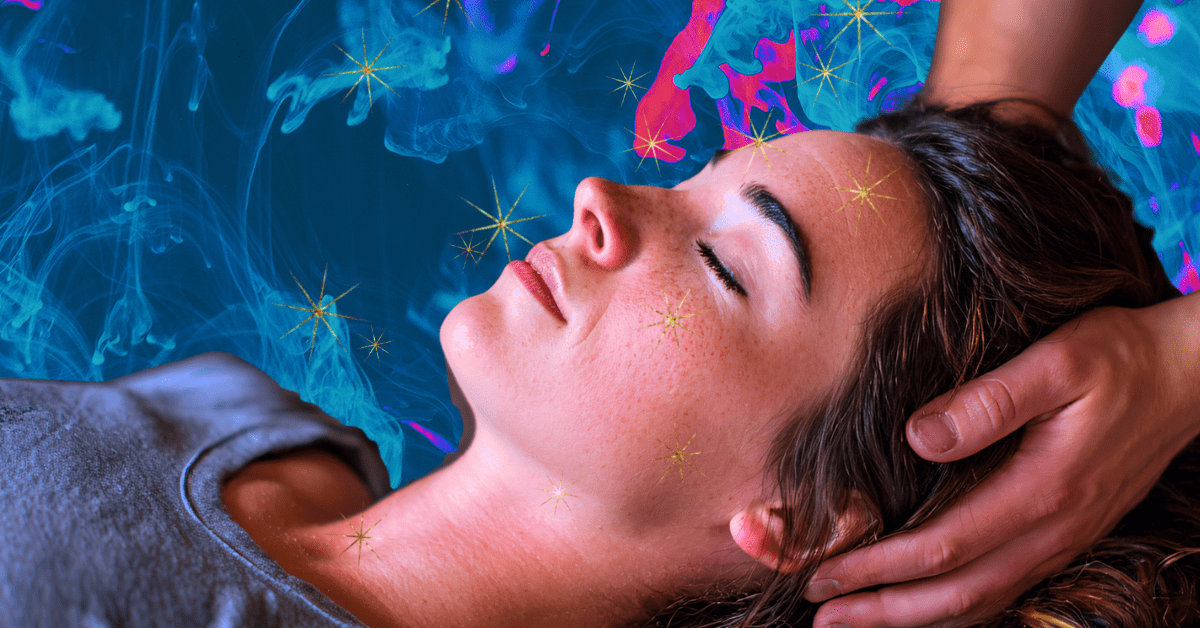
Are ASMR parties the next big thing?
-
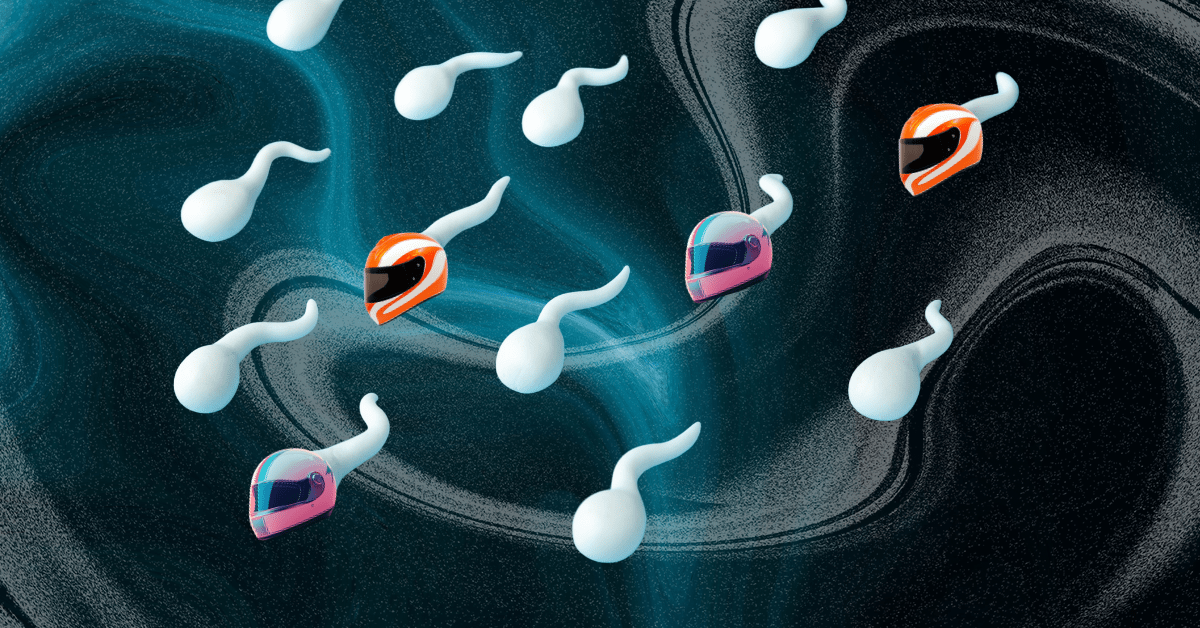
The teen founder turning male fertility into a sport
-
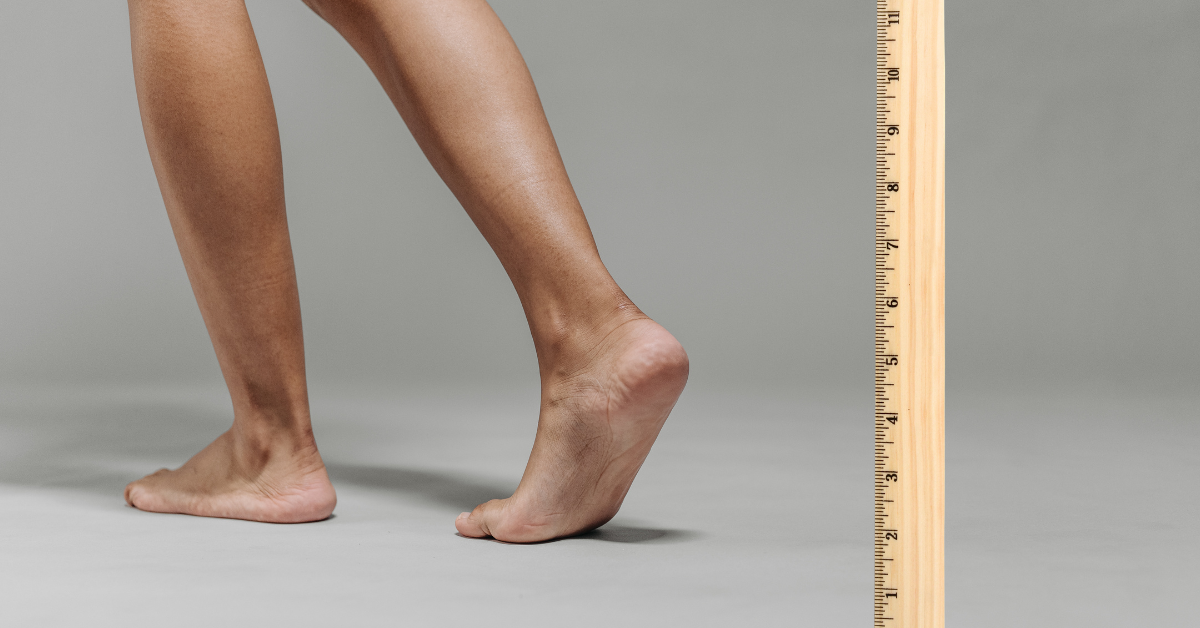
Ouch! Men are going to painful — and expensive — lengths to be taller
-

The future of relaxation might require a headset
-
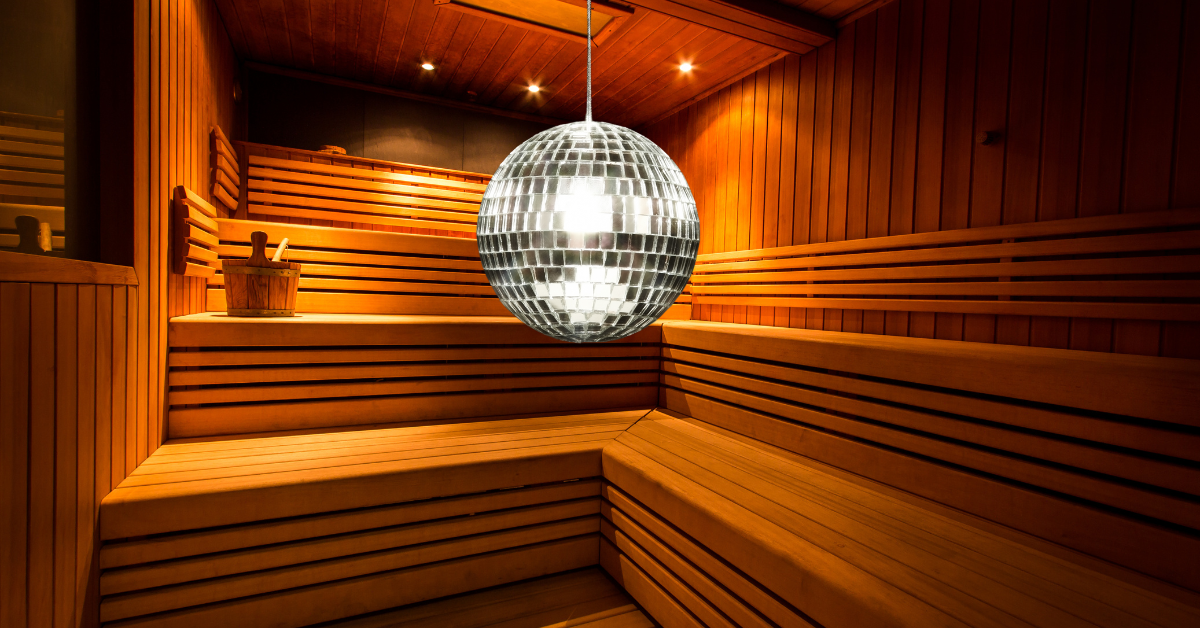
Saunas are the new social club
-
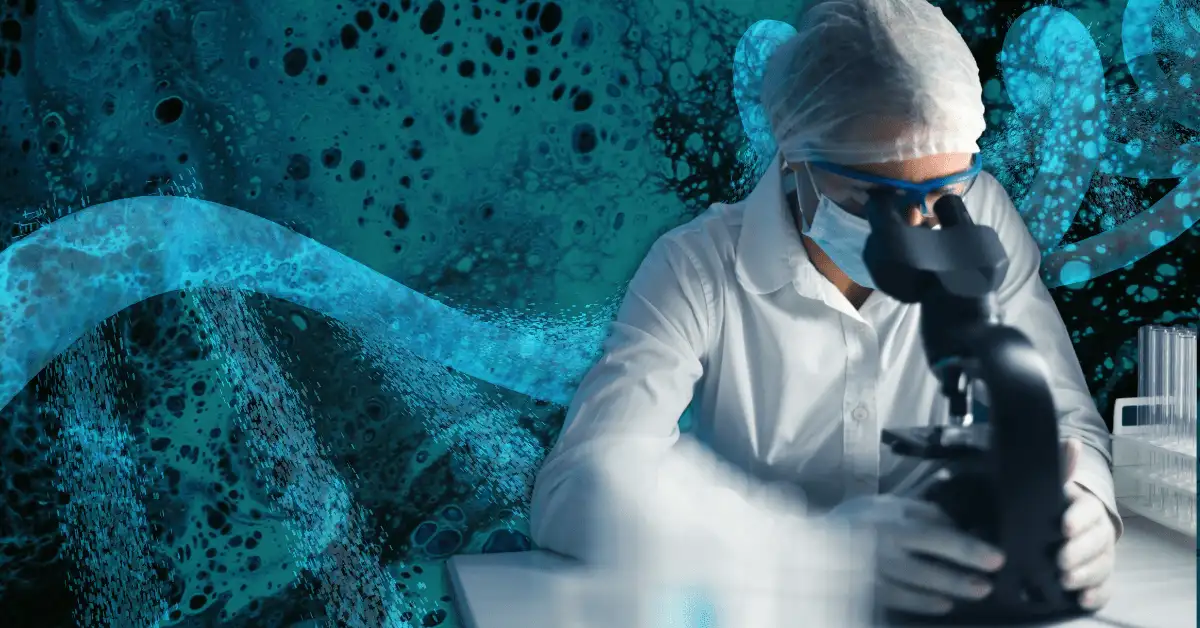
Healthtech just keeps getting cooler
-
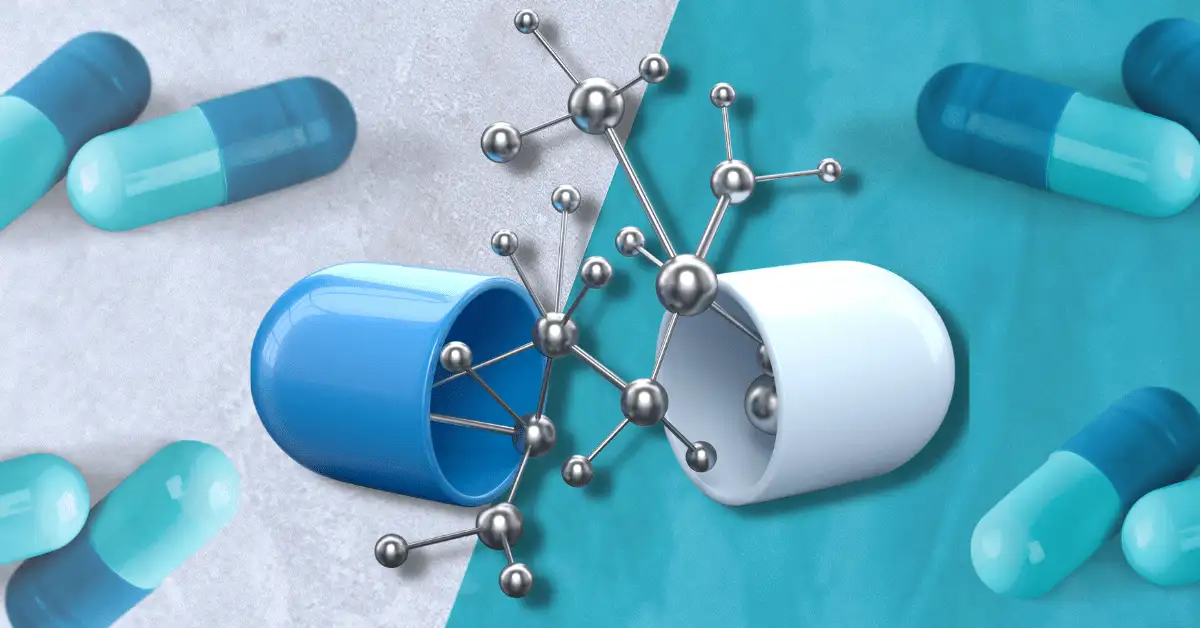
The future of digital health tracking is a lot to swallow
-

Food brands are cooking up new offerings to pair with weight loss drugs


